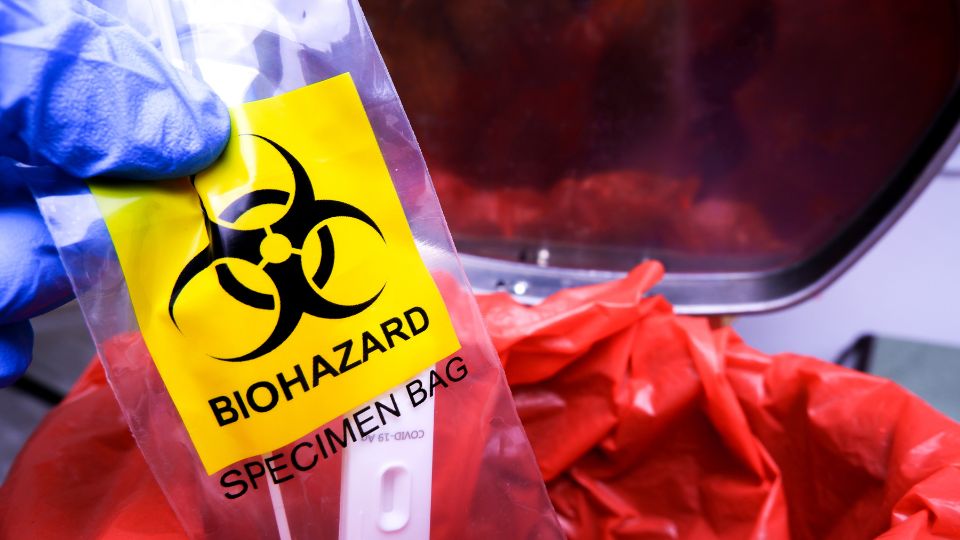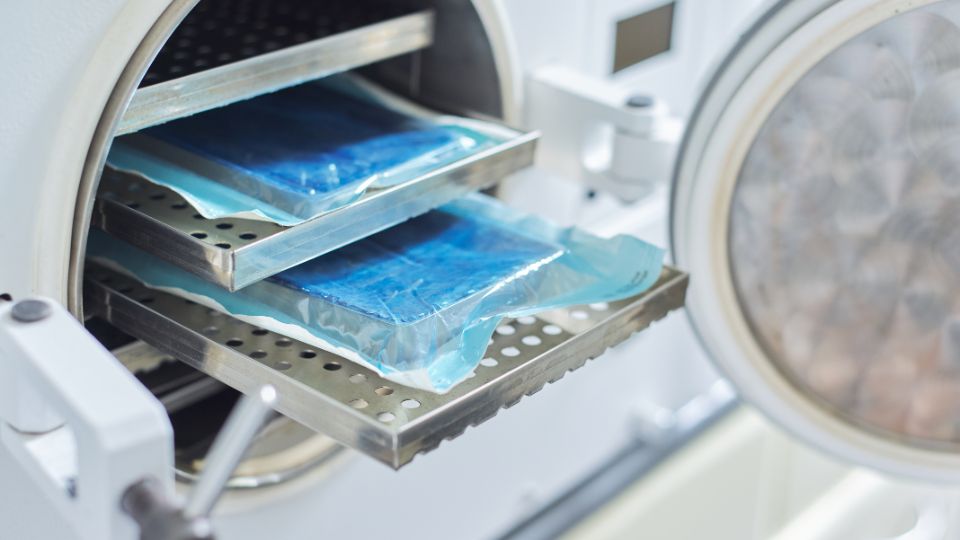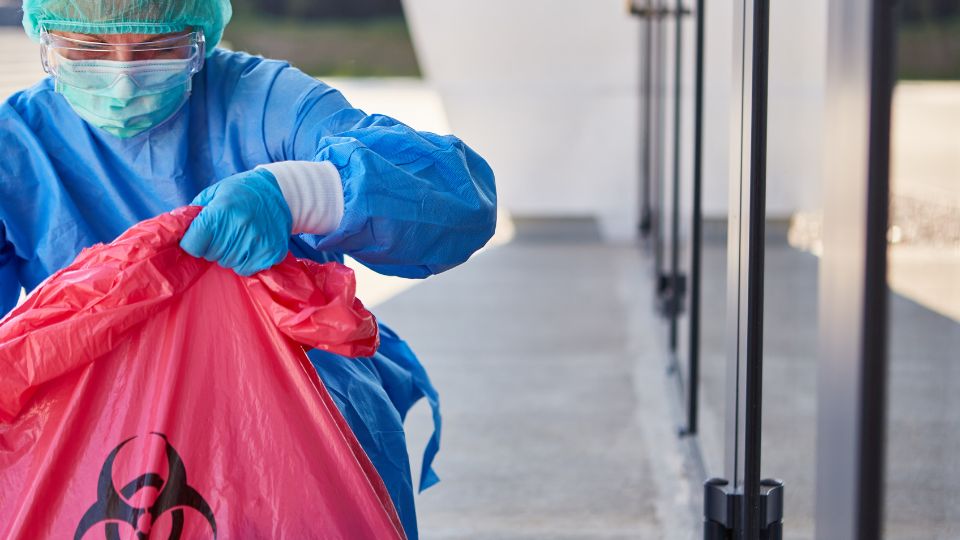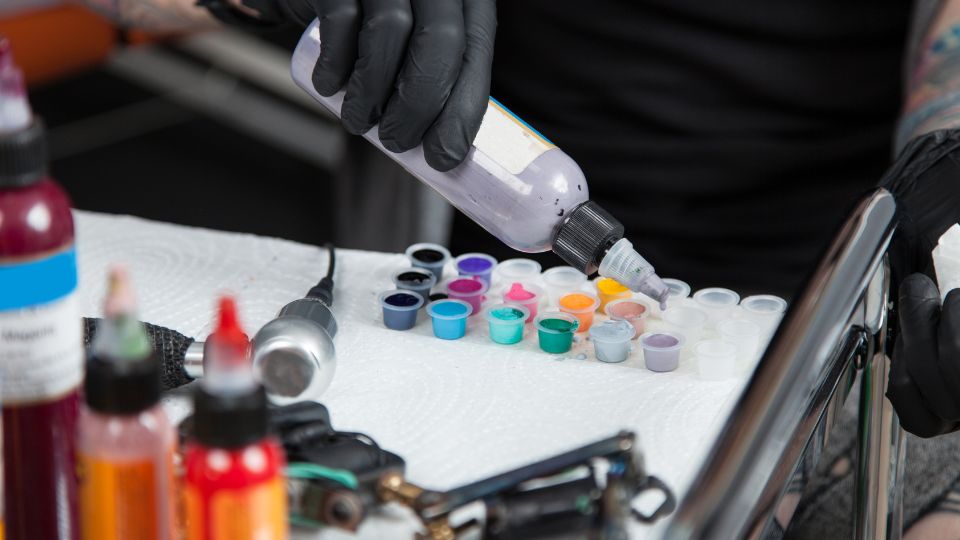
Understanding autoclave laboratory waste management is crucial for UK business owners to maintain compliance, safety, and environmental responsibility.
This blog will provide a comprehensive overview of autoclave laboratory waste, its significance, and effective waste management practices to help your business navigate this complex aspect of laboratory operations.
Table of Contents
- Understanding Autoclave Laboratory Waste
- Importance of Proper Autoclave Waste Management
- Best Practices for Managing Autoclave Laboratory Waste
- Answering Key Questions
- Conclusion
Understanding Autoclave Laboratory Waste

Autoclave laboratory waste refers to the biological and non-biological waste generated in laboratory settings that require sterilisation through autoclaving before disposal. Autoclaving is a process that uses high-pressure saturated steam to sterilise materials, rendering them safe for handling and disposal.
This method is widely used in laboratories to treat potentially infectious waste, ensuring that harmful microorganisms are destroyed.
Types of Autoclave Laboratory Waste
Biological Waste
Includes cultures, stocks, and specimens of microorganisms, human or animal tissues, and other biological materials that may pose an infection risk.
Sharps Waste
It consists of needles, syringes, scalpels, and other sharp objects that can cause injury and potentially transmit infections.
Contaminated Lab Equipment
Includes pipettes, Petri dishes, and other laboratory instruments that have been in contact with biological materials.
Non-Biological Waste
This can include lab coats, gloves, and other personal protective equipment (PPE) that may have been exposed to hazardous materials.
Of the total amount of waste generated by healthcare activities, around 85% is general, non-hazardous waste. The remaining 15% is considered hazardous material that may be infectious, toxic, or radioactive.
Importance of Proper Autoclave Waste Management

Proper management of autoclave laboratory waste is critical for several reasons:
Health and Safety: Ensuring that infectious waste is effectively sterilised protects lab personnel, waste handlers, and the general public from exposure to harmful pathogens.
Regulatory Compliance: Adhering to waste management regulations, such as those outlined by the UK Health and Safety Executive (HSE) and the Environment Agency, helps avoid legal penalties and maintain your business’s reputation.
Environmental Responsibility: Proper waste management reduces the environmental impact of laboratory operations, contributing to sustainability goals.
Best Practices for Managing Autoclave Laboratory Waste
Segregation at Source – Separate autoclave waste from other types of waste at the point of generation. Use clearly labelled containers for biological waste, sharps, and contaminated equipment.
Training and Education – Ensure all laboratory staff are trained in proper waste segregation, autoclaving procedures, and safety protocols. Regular training updates help maintain high standards.
Autoclave Maintenance – Regularly inspect and maintain equipment to ensure it operates effectively. Proper maintenance reduces the risk of incomplete sterilisation.
Documentation and Tracking – Keep detailed records of waste generation, autoclave cycles, and disposal. This documentation is essential for regulatory compliance and audits.
Safe Disposal – After autoclaving, ensure that waste is disposed of under local regulations. Sterilised waste should be placed in appropriate bins and collected by licensed waste disposal services.
Answering Key Questions

What are the examples of autoclave waste?
Examples of autoclave waste include:
- Cultures and stocks of infectious agents
- Human and animal tissues and body parts
- Contaminated sharps (needles, syringes, scalpels)
- Laboratory instruments and equipment exposed to biohazardous materials must be disposed of properly.
- Personal protective equipment (PPE) contaminated with biological materials
What happens to autoclave waste?
Autoclave waste is sterilised using high-pressure steam in an autoclave. This process destroys harmful microorganisms, making the waste safe for handling and disposal.
After sterilisation, the waste is often treated as non-hazardous and can be disposed of according to local regulations.
How do you dispose of autoclave waste?
Disposal of autoclave waste involves several steps:
- Sterilisation: Autoclave the waste to ensure all biological contaminants are destroyed.
- Segregation: Separate sterilised waste from other waste streams to prevent contamination.
- Packaging: Place sterilised waste in appropriate, clearly labelled containers.
- Collection: Arrange for collection by a licensed laboratory waste disposal service.
- Disposal: Follow local regulations for the final disposal of sterilised waste, which may include incineration or landfill.
Choosing the Right Waste Management Partner
Partnering with a reputable waste management service provider can streamline the process and ensure compliance with all relevant regulations. Look for a provider that offers:
- Expertise in handling laboratory waste
- Compliance with UK waste management regulations
- Reliable collection and disposal services
- Comprehensive documentation and reporting
Conclusion
Understanding and managing autoclave laboratory waste is essential for UK business owners in the laboratory sector. By implementing practices and partnering with a trusted waste management provider, you can ensure the safety of your staff, comply with regulations, and contribute to environmental sustainability.
Proper laboratory waste management protects public health and also supports the efficient and responsible operation of your laboratory.
For more information on laboratory waste disposal or to find a waste management partner, consult with industry experts and regulatory bodies.
Taking proactive steps today will help safeguard your business and the environment for the future.







